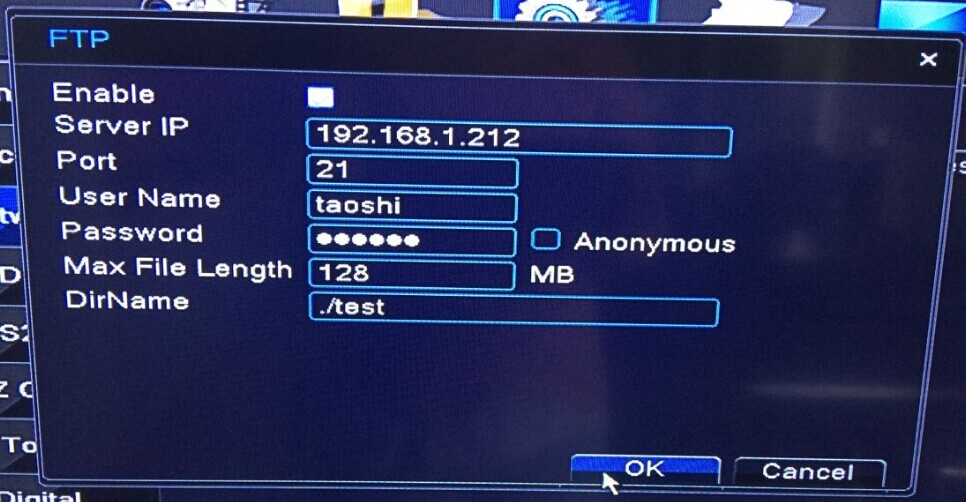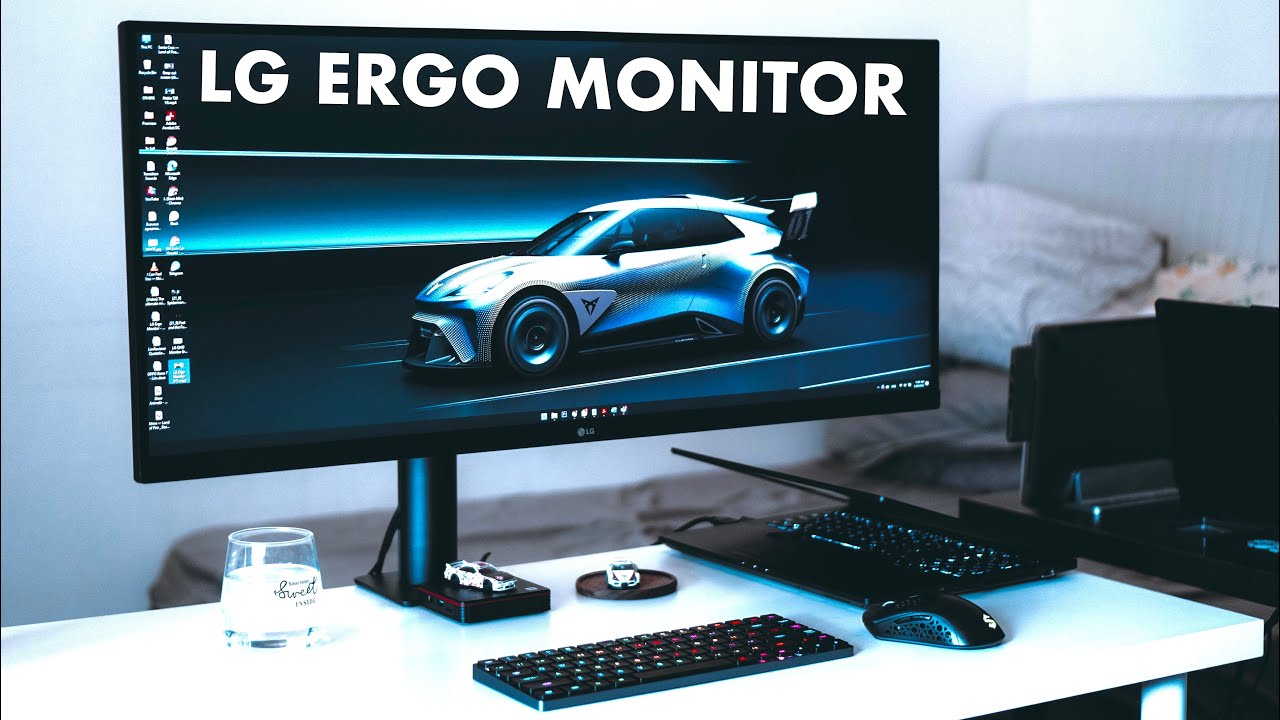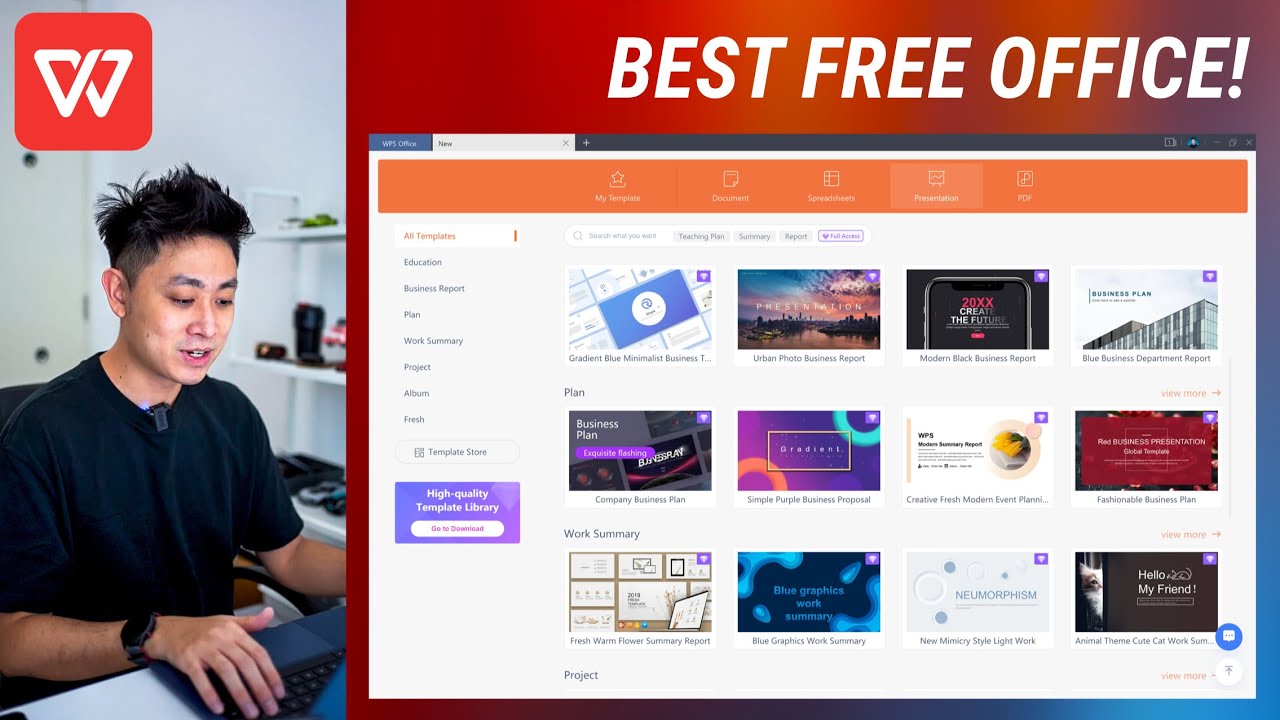
hey everybody it’s lon seidman we’re doing a sponsored video today for channels which is a great dvr system that works with the hd home run tuners that we have covered here extensively on the channel it works with apple tv with your iphone with your android device and fire tvs and what we’re going to look at in this video is setting up the channels dvr server on a raspberry pi 4. you can run the whole system off one of these low-cost computers and we’re going to set it up from scratch in this video now i do want to let you know in the interest of full disclosure this is a paid sponsorship from channels and they have reviewed and approved this video before it was uploaded mostly for accuracy to make sure i got all the steps correct so let’s jump into this now and see how we can get the server running on this raspberry pi now the folks from channels have a helpful shopping list of all the different components you need for this project a raspberry pi 4 is the minimum configuration and you just need a 2 gigabyte raspberry pi 4 to get this to work a power supply of course is necessary to keep everything running you also should get a case for your pie and channels recommends this one this is the flerck case i really like this case it’s really nicely constructed it’s all aluminum and it’s passively cooled so your raspberry pi can run 24 7 without overheating but it can do so silently so a really nice case and all of five minutes to get your pie slit in there and
up and running you also need a usb 3.0 hard drive these pies of course do have an sd card slot but you’re going to be storing a lot of video here so you’re going to need a hard drive to store it all and a usb 3 hard drive that is self powered is probably the best way to go here now to get started we’re going to need an sd card so that we can configure the raspberry pi to boot off of our usb 3 hard drive so you might need a card reader in order to get that set up and i’m going to now walk you through the process of configuring the pi to boot from a usb hard drive and then we’ll go ahead and download the server image and get it installed on our hard drive so let’s get to work now the first step is to go to the raspberrypi.com home page and download the raspberry pi imager software this runs on windows mac and linux and the software will function the same across all of those platforms so what you see here on my windows computer is what it’ll look like on the mac in linux and once you have that software downloaded you’re going to need to install it you’re also going to need to attach your card reader to your computer if it doesn’t already have a card reader and you’re going to want to get a sd card that you can erase to transfer the configuration to the raspberry pi so this card can be erased and i’m going to stick it in my card reader right now and now i’m going to load up that
imager software and get the configuration moved over so let’s get to that so we have the raspberry pi imager installed i’m now going to run it here and you will see this message when you first load it up we have to give the application some permissions to write to the disk i’m going to say yes to that and then you’ll be brought to this screen now the first step here is to choose an operating system now normally you would be selecting the raspberry pi os which is the default but we’re going to do instead is go over here to miscellaneous utility images and we’re going to go over here to bootloader and these images will instruct the raspberry pi how to boot itself up now we could go with this one called sd card boot and what this does is it looks for an sd card in the sd card slot if it finds one it boots from that if it doesn’t it will boot from usb there’s one that works in the opposite direction where if it sees a usb hard drive attached to boots from that otherwise it goes to the sd card and then there’s one to boot off the network which we’re not going to do either one of these will work but i’m going to go with the usb one here just because i always want this device to boot from the hard drive and if i happen to leave a card in i don’t want it to choose that instead now the next step is to copy this bootloader over to the sd card and this is going to wipe out whatever is on this card so if you have
pictures or something important on it copy them off and get them to a safe place because this card is going to be wiped out when we initiate this and another tip i have for you is to detach any other external storage that is attached to your computer so you don’t accidentally select the wrong drive and erase it this is a very destructive process here so we really want to be safe so with that out of the way and with this sd card reader being the only thing that i currently have installed in my computer i’m going to go over here to choose storage and select that device and that’s the one that i know is pointing at this sd card and now i’m going to go here to write and what this is going to do is write out that bootloader now this shouldn’t take very long at all when it’s done you might see your windows computer pop up some additional windows and say it can’t read a drive just cancel out all of that stuff and go over here to click continue back on the raspberry pi imager screen and now it is safe for us to take this card out and put it in our raspberry pi so let’s do that now and then we’ll get the hard drive ready all
right i’ve taken the sd card out of the sd card reader and put it in the raspberry pi’s sd card slot i’m now going to apply power to the raspberry pi and you’ll see its lights light up here on the side and what we want to wait for here is for the green light to start blinking rapidly like it is here and that means that we’ve successfully updated the bootloader on the pi and we’re able now to move on to the next step which is getting the hard drive ready to boot up into our server now our next step is to head over to the raspberry pi section on the channel’s website and what you’ll find as you scroll down here is that handy shopping list we found earlier but also an option here to download the image that we need to write to the hard drive so click on that image and download it alright so that server image is now sitting in my downloads folder and the next step is to get the hard drive connected to the pc which we’re going to do now so i’m going to get this usb cable plugged in the right way this time there we go and now we’re going to go back to that pi imager software that we ran before on the pi’s sd card and this time what i’m going to do is click on choose os once again but instead of all these other options we’re going to go over here to custom and in my
downloads folder which it defaulted to we are going to see that it found the channel’s dvr server i’m going to click open here now the next step is to select our external hard drive and like before you want to be careful here because this is going to erase the drive so we’re going to go here to choose storage and here is the hard drive a nice big 8 terabyte drive that i’ve got connected here and the next step just like before is to write it out and remember this is going to erase this hard drive so remember back up and copy everything and then you can write to it which is what we are doing now all right so it is done writing the image to the hard drive we’re going to click continue here and now i’m going to detach the hard drive from the computer and we’re going to start plugging stuff into the raspberry pi of note here is that we’re not going to need to plug in a display or keyboard because this doesn’t require a display or a keyboard so you can just boot it right up and have everything working just with the device plugged into your network so i’m going to plug the hard drive into one of the blue usb 3 ports on the pi these two ports here are slower usb 2 ports the other thing i’m
going to connect is my ethernet cable this requires a hardwired ethernet connection although the raspberry pi 4 supports wi-fi the channel server does not so you will need to have it connected to your network but if you are using an hd home run tuner those are hardwired as well and like the hd home run tuners the server here can be placed anywhere on the network so you can plug it in right next to your router if that’s the easiest thing to do and everything will get detected automatically so the server will find the tuners and your clients will find the server now that we have everything ready to go here i’m going to take out the sd card that we installed earlier for the bootloader we’re not going to need that anymore and we’re going to plug in the power supply here and like before we’re going to keep an eye on these lights because this will indicate uh when the server is up and running so initially you’ll see those lights blink a little bit and then they will turn solid so if you have a solid green light here that will indicate that your server is booted like we have now the next thing you’re going to do is go
back to your computer and load up a web browser and you’re going to type in the address that you see here on screen dvr dash server and when you do that it’s going to take you to the raspberry pi server here on your local network and you can log into your channels account here to get started i’m going to connect my channel’s account now and when we’re done i’ll show you what happens next all right so our channels dvr server is now up and running on our pi and hard drive combo here and if i go into the home page you’ll see that it also found my hd homerun tuner but i do have to connect the channel guide to it so what we’re going to do here to get our dvr functional is click on this plus icon here and i’m going to type in my zip code now so that i can get the guide data prepped so i can use this to record live television let me do that and we’ll see what happens when it’s done all right so now that i’ve typed in my zip code it’s asking me what a channel lineup it should be matching to and because i have an hd homerun prime that works with my cable subscription i’m going to select comcast but you will likely be using local over the air if you’re using an over the air hd home run tuner i’m going to select that and click on save here and now we’ve got that channel guide assigned and we should be able to start making use of our new dvr server alright so i’ve got the channels app here
running on my iphone and if i go over to settings now you can see that the channels plus is enabled and it detected our raspberry pi server with all of its terabytes of storage that’s available so we’re good to go there and what i can do now is start browsing through some of the stuff that’s currently on television i want to maybe catch the end of the show a little bit later so i’m going to click on record here and now my raspberry pi server is going to record what’s left of this show and if we jump back to my computer and look at the web-based control panel from the raspberry pi we can see that it is recording something from channel 1003 and maybe i want to record something else because i have three tuners on this device so i’m going to go over here to wildcrats and record the rest of that so that one is good to go and what we’ll do now is see that the server is reporting that it’s recording both of these shows at the same time so let’s take a look and see if playback works now that we’ve recorded a couple of things we’ll go back to my iphone here i’ll go over to the library and you can see the wild kratts and the new show have both been recorded i’m going to go ahead and watch the new show and i can have it resume from where i last left off because of course this supports bookmarking let me just get the display oriented here and we’ve got good video playback and this is on my local network so it’s playing back with the original recording resolution if i was
not at home the raspberry pi does have a built-in hardware transcoder and that should be good enough to allow one transcoded stream to go at a time in high definition so it will work for individual playback but if you want to have multiple people watching remotely you’ll probably want a more robust server but this works quite well on the local network because it’s just passing files over and this is the original recording that came in off the air i can skip ahead here very quickly just like i could do on a more robust server and of course this is working great on the phone but it will also work the same on a tv based client too so there you go you can see just how easy it is to turn a raspberry pi into a full featured channels dvr server i want to thank channels for their support of the channel and i want to thank you all for tuning in and until next time this is lon seidman thanks for watching this channel is brought to you by thelan.tv supporters including gold level supporters jim tannis and tom albrecht hot sauce and video games and eric’s variety channel brian parker and frank goldman amda brown and matt zagaya and chris allegretta if you want to help the channel you can by contributing as little as a dollar a month head over to lawn dot tv support to learn more and don’t forget to subscribe
Read More: Review iPhone SE 2022 Apple’s Lowest Cost Phone, 3rd Generation


